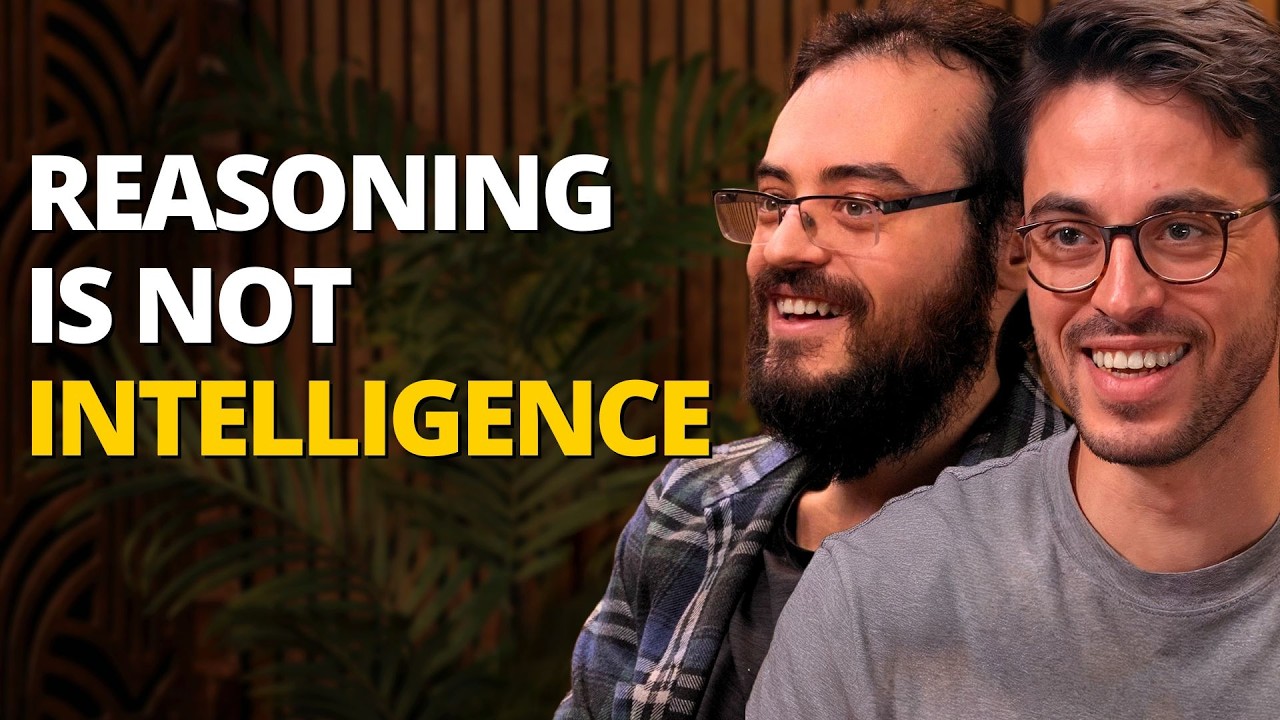In a discussion, Ege Erdil and Tamay Besiroglu emphasize that achieving artificial general intelligence (AGI) will require more than just advancements in intelligence, highlighting the importance of real-world data and complementary innovations across various sectors. They predict that while AI could significantly transform the economy and automate labor, the timeline for full AGI may extend to around 2045, necessitating careful consideration of regulatory and ethical implications.
In a discussion between Ege Erdil and Tamay Besiroglu, the two AI experts explore the future of artificial intelligence (AI) and its potential impact on society, emphasizing that while intelligence is crucial, it is not the sole bottleneck for progress. They argue that the richness of real-world data and the ability to conduct experiments are essential for AI systems to develop meaningful capabilities. The conversation touches on the limitations of current AI models, which, despite their impressive reasoning abilities, have not yet produced innovative concepts in fields like mathematics, highlighting the need for more interaction with the real world to unlock their full potential.
Erdil and Besiroglu challenge the notion of an “intelligence explosion,” suggesting that the concept can be misleading. They compare it to the Industrial Revolution, which was driven by a multitude of complementary innovations across various sectors rather than just an increase in horsepower. They argue that the development of AI will similarly require a combination of advancements in different areas, including agriculture, transportation, and finance, rather than relying solely on the intelligence of AI systems. This broader perspective emphasizes the importance of understanding the interconnectedness of various factors in driving technological change.
The timeline for achieving artificial general intelligence (AGI) is also a focal point of the discussion. Erdil expresses a more cautious outlook, predicting that full automation of remote work may not occur until around 2045, while Besiroglu is slightly more optimistic. They both acknowledge the rapid advancements in AI capabilities over the past few years but caution against extrapolating current trends too aggressively. They emphasize the need for a deeper understanding of the core competencies required for AI systems to match human capabilities across various tasks, which may take longer than many in the tech community anticipate.
The conversation also delves into the potential for AI to transform the economy, with both experts arguing that the automation of labor could lead to significant economic growth. They highlight the importance of understanding how AI systems can be integrated into existing economic structures and the potential for new forms of organization that leverage AI’s unique capabilities. The idea of AI firms, which can replicate knowledge and skills at scale, is presented as a transformative concept that could reshape industries and drive innovation in ways that traditional human-led organizations cannot.
Finally, Erdil and Besiroglu address concerns about regulation and the potential for AI to exacerbate inequalities or lead to negative societal outcomes. They argue that while regulation is a valid concern, the incentives for countries to adopt AI technologies will likely outweigh the risks of stifling innovation. They conclude that the future of AI and its impact on society will depend on a combination of technological advancements, economic factors, and the ability of humans to adapt to and integrate these changes into their lives. The discussion underscores the importance of remaining open-minded and flexible in the face of rapid technological progress, as well as the need for thoughtful engagement with the ethical implications of AI development.
